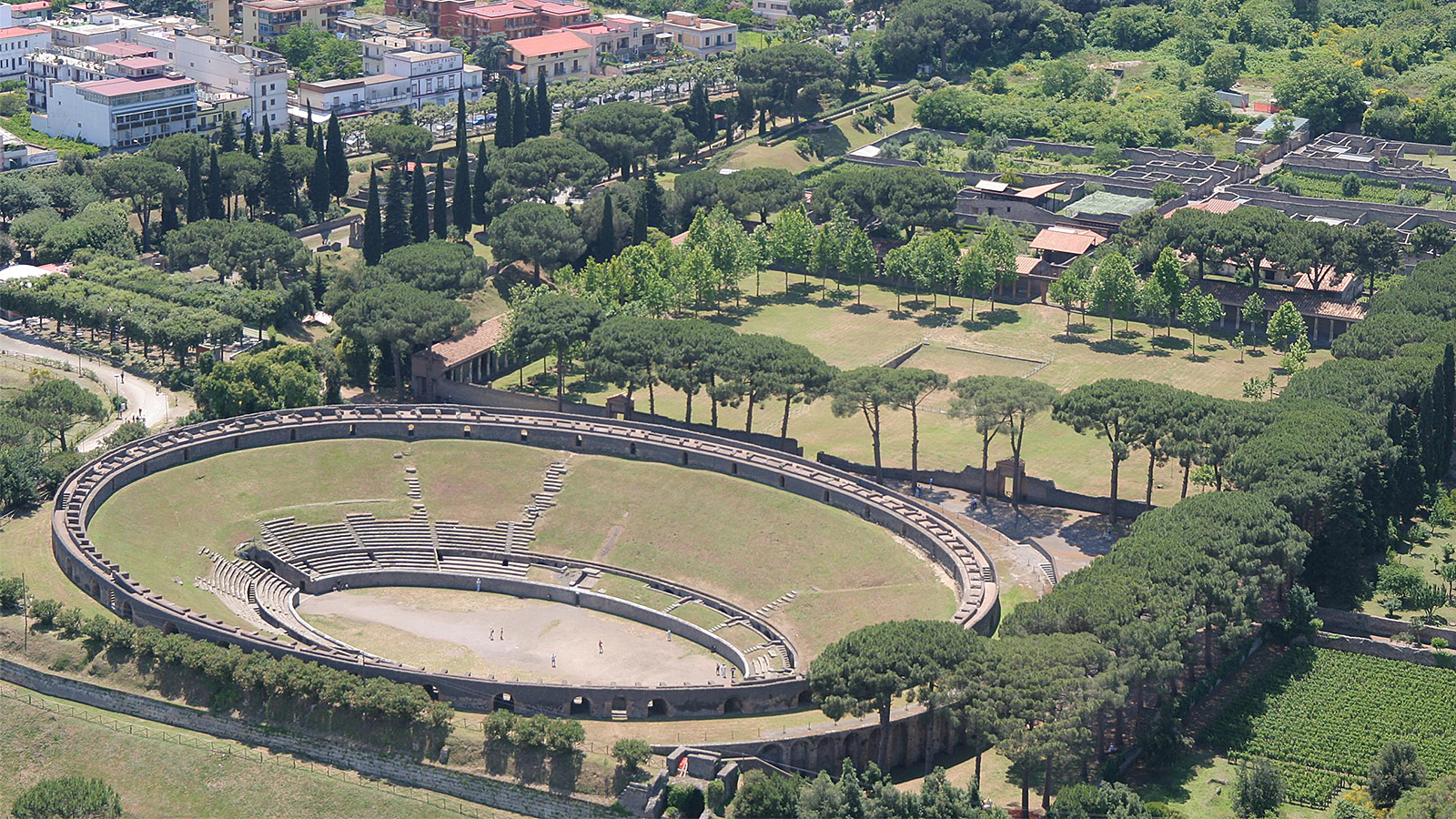Description
Pompeii, the lost Roman city buried by the eruption of Vesuvius in 79AD, has long been a source of fascination to archaeologists. But its sister city Herculaneum, buried in the same eruption but to a much greater depth than Pompeii, reveals far more detail of how the Romans lived. While Pompeii was covered in ash and pumice to a depth of only a few metres, at Herculaneum archaeologists encountered life cut off in its prime and perfectly preserved under deep layers of rock-like volcanic material. Successive pyroclastic surges and flows consumed the city at such high temperatures that wood was carbonised and thereby preserved; bread, baked solid, survives to this day; Roman houses of more than one storey are still standing. Recent analysis of carbonised seeds and bones from the sewers can even tell us what citizens were eating hours before the eruption. Nowhere can we get closer to the Roman world.

